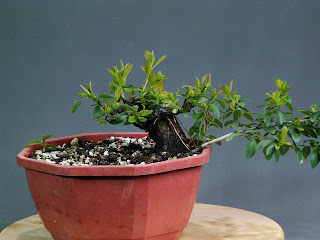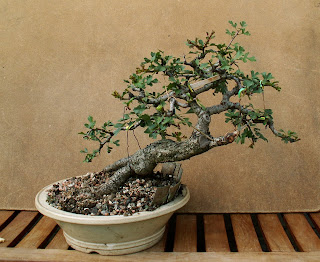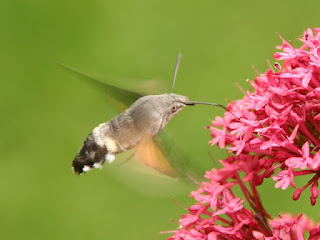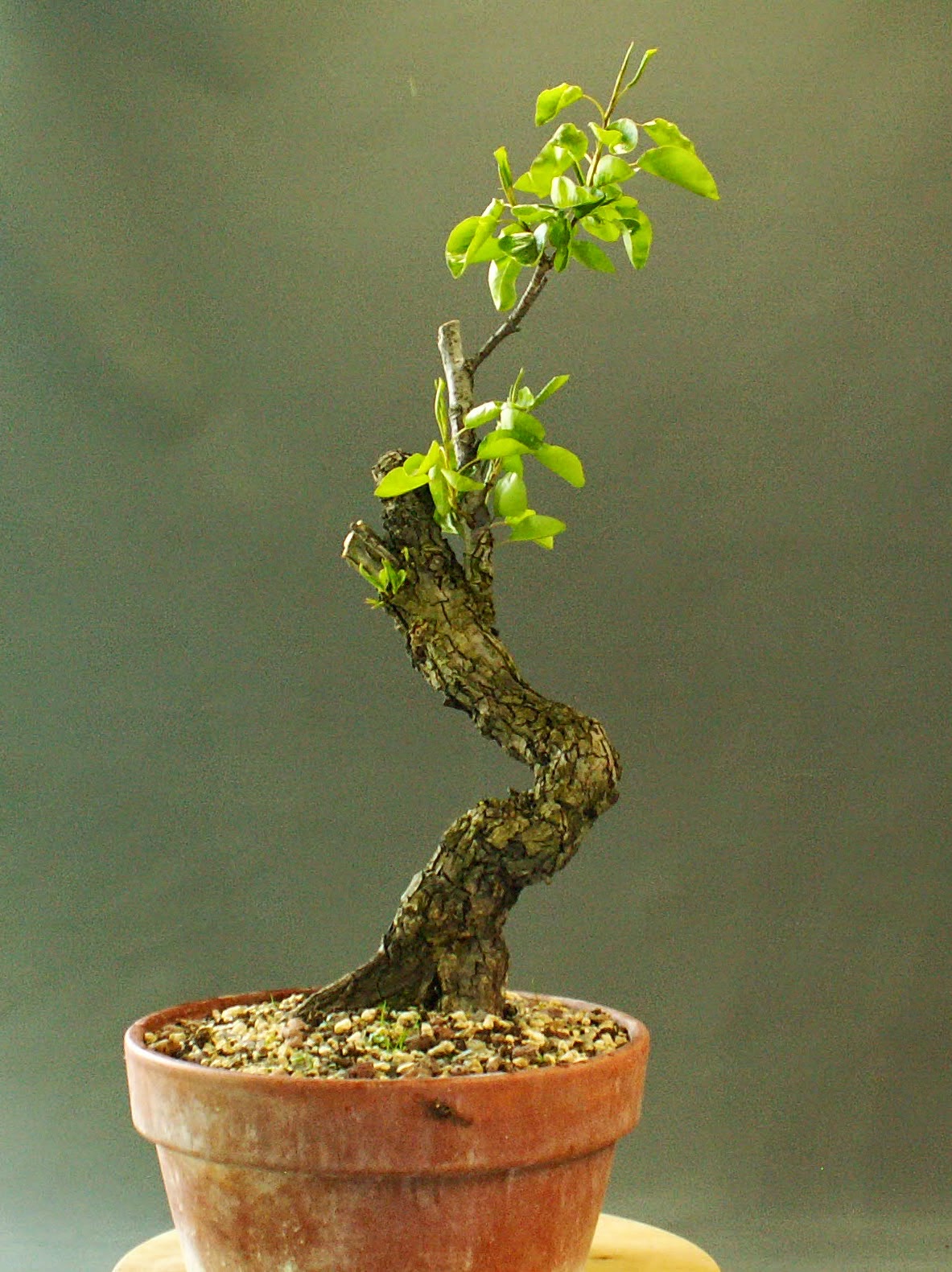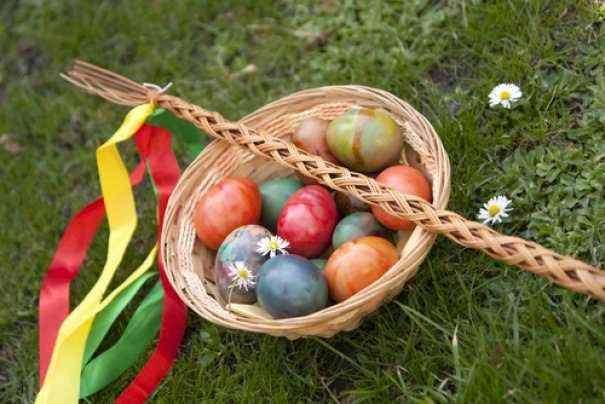The Grandma of Pears_ the most valuable tree of my collection.

The Grandma of Pears_ the most valuable tree of my collection What is the value of my most favourite tree? And how did I calculate it? My metrics are far from the standard one even though at the end it has the two most important parts integrated. What are these two parts? ADMIRATION and JOY that please your soul. What is behind of those parts? For most of the bonsai enthusiasts it could be species of the tree, its age, design, proportions and scales. For some others it could be the name of the person who has trained and shaped the tree or the name of the previous owner. For a few others, it is the intimate relations with the tree quite often grown from a seed... For me it is the common memories that are linked to the tree. So what about The Grandma? It is the early March 2011. I am sitting in the car watching the grey sky and cords of rain drumming on the hood. I am on my knees trying to dig out the deeply rooted old pear with one of the most bea
